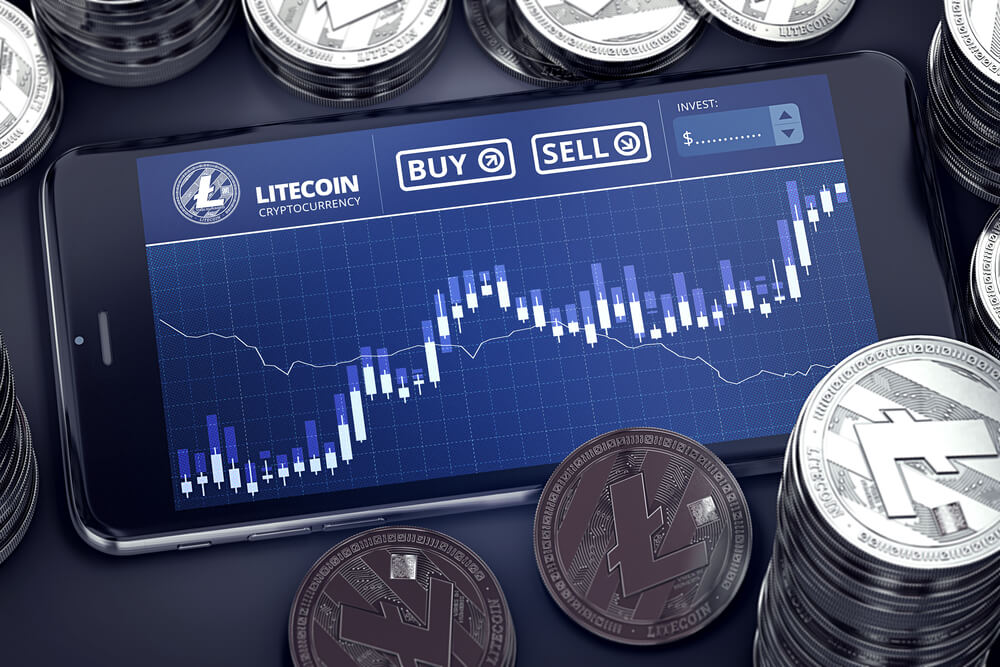Gain Financial Freedom with Litecoin Trading
Litecoin is one of the hottest cryptocurrencies that has skyrocketed in correlation with Bitcoin and Ethereum. Over the past three months, this altcoin has gained +275% in market growth, nearly tripling in value from $59.62 to $175.86 per Litecoin. With an all-time high of just over $360 per Litecoin, it is likely that Litecoin will retest its high price (resistance level) once more as Bitcoin continues to surge in demand and global acceptance.
One of the best ways to make money with Litecoin trading is the simple buy-and-hold strategy. By hold, we mean to hold, for a duration of several months to several years. To avoid paying higher tax fees on investment profits, try to hold investments for no less than 12 months. Had you bought $500 worth of Litecoin at the start of 2020 last year, it would be worth over $2,100 today.
Cryptocurrency trading brings forth unforeseen market conditions, such as increased volatility and a market significantly influenced (more so than traditional markets) by trader sentiment as opposed to long-standing value. With greater volatility, many traders are successfully trading Litecoin by using high-frequency trading systems to take advantage of the increased market volatility and for faster and more accurate trade execution.
Another popular investment strategy used for profitable Litecoin trading includes Price Action Trading Strategy, which involves trading price reversals involving a support or resistance level. Although this strategy has proven effective for short-term trading, overall, most traders appear to be more accurate when trading with longer time frames as longer time frames provide a more accurate scope of your asset as opposed to shorter time frames.
One last method you can consider trying would be Litecoin arbitrage, which involves access to no less than two cryptocurrency exchanges, with varying price spreads, and the same cryptocurrencies. Here is how Litecoin arbitrage works in action:
Trader A notices a considerable spread for LTC across Exchange S and Exchange T. Exploiting this difference, Trader A purchases Litecoin on Exchange S (which has a lower LTC price than Exchange T) and then transfers the Litecoin from Exchange S’s crypto wallet to the crypto wallet on Exchange T. Upon confirmation, Trader A cashes his Litecoin on Exchange T for a profit.







